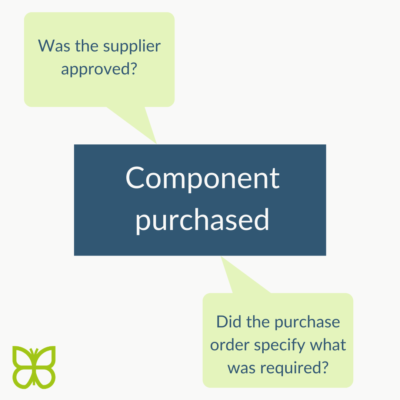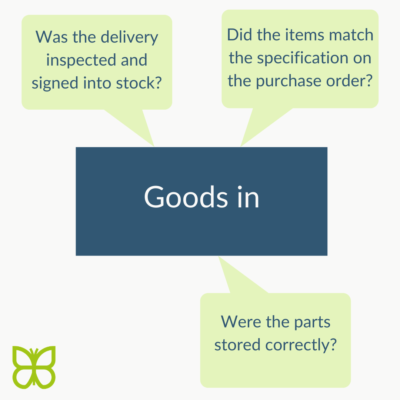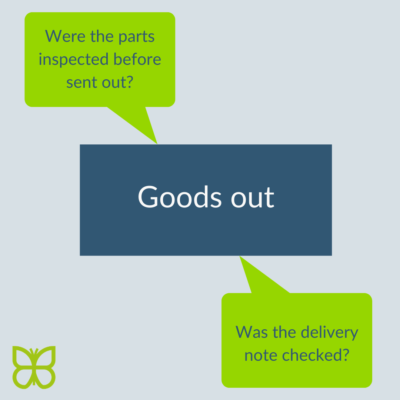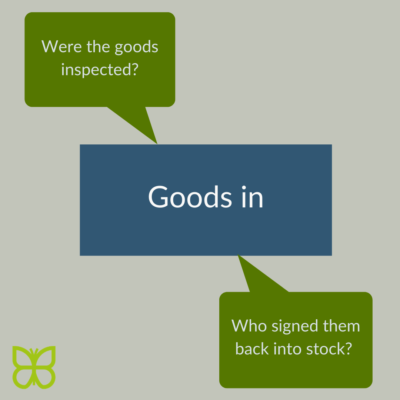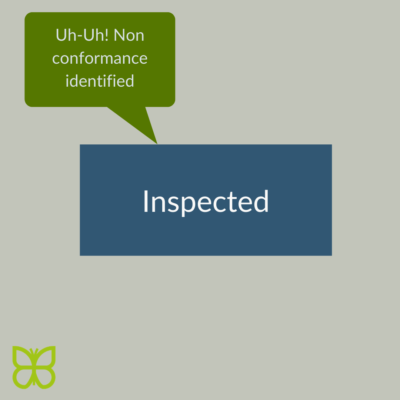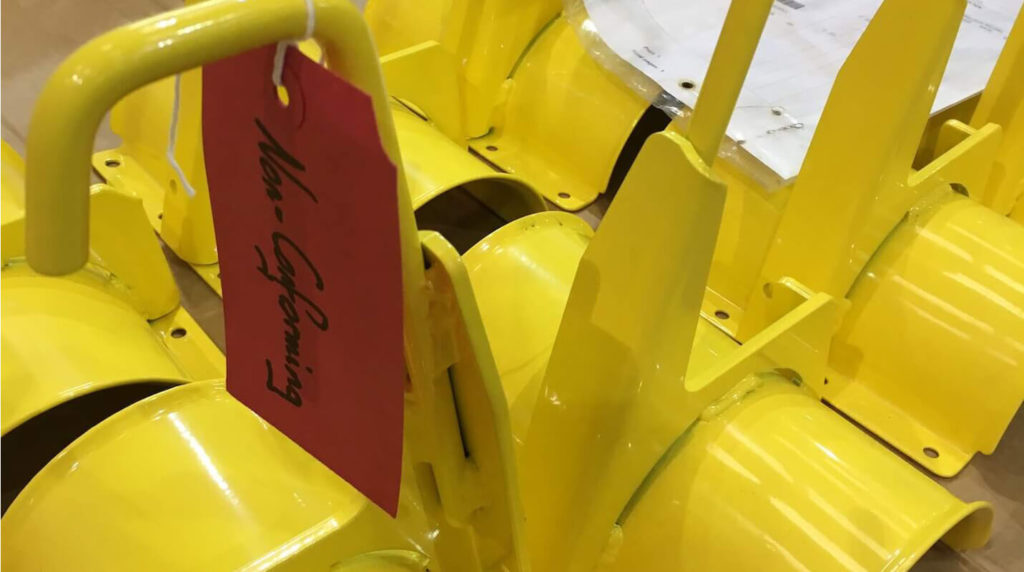

Every business, big or small uses processes to get things done – these may be formal documented procedures of just ‘what we do around here’ cultural norms. Businesses may not use the word ‘process’ but common activities include:
- Manufacturing a product
- Managing a project
- Providing a professional service
- Dealing with invoices (raising outgoing ones and paying incoming ones)
- Finding and employing new people as well as managing the ones you’ve already got (sickness and absence, holiday requests, appraisals and bonuses etc)
When it is done well, internal auditing is a useful tool which identifies whether your processes are efficient and effective. When it is done poorly, it can sometimes be little more than a tick box check of existing documentation and records.
When working with our clients, we use the ‘process approach’ and we always like to focus on the operational process – whatever it may be, but it is usually the one that brings in the cash!
I’d like to share a story about an audit I carried out at a client’s production facility. This client makes large, complex finished products with approx. 1000 different components from approx. 250 suppliers and I was walking around their shop floor and I spotted this:
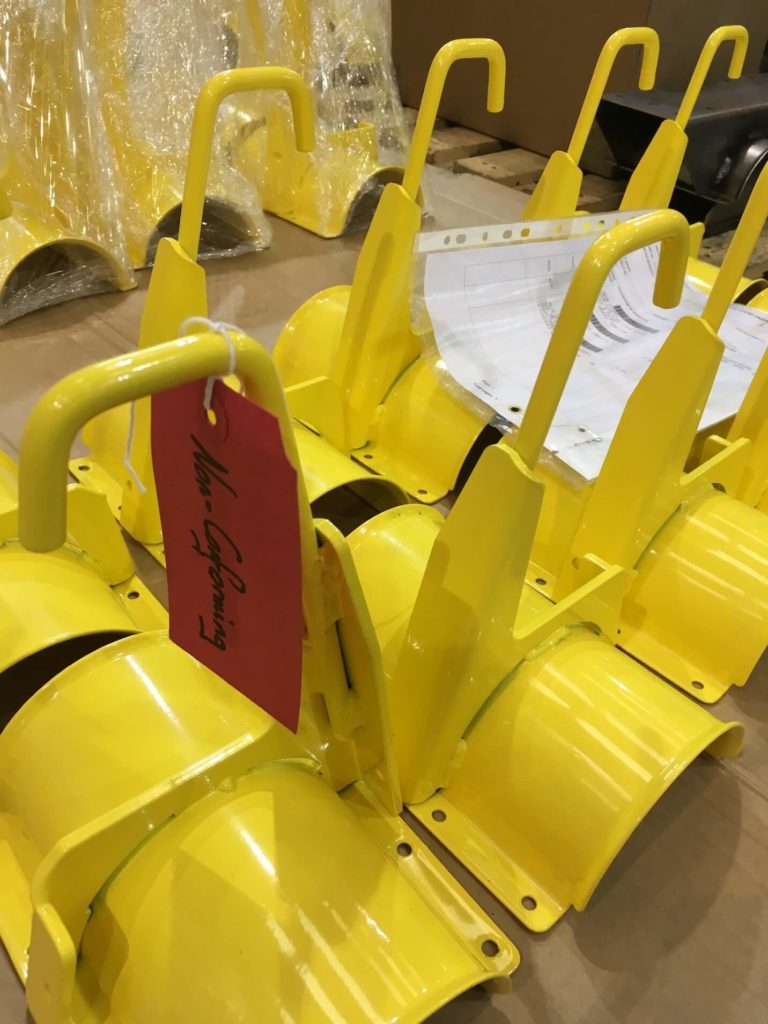
A red tag to an auditor always focusses the attention – so I immediately began asking questions:
- Only one item has the red tag on it identifying it as non-conforming, are all the items on the pallet non-conforming or just that one?
- How long have they been sat there? When was the non-conformance identified?
- Are they quarantined or can anybody on the shop floor pick one up and use it?
- Who is in charge of these? What actions are being taken to resolve the non-conformity?
Using this single non-conforming item (or rather several pallets of them) I was able to ask a series of questions following the entire process from the design of the item, through purchasing the components and manufacturing to final inspection.
(Click on images to view full screen)
The fundamental outcome of this audit was the identification of ‘waste’ at almost every stage of the process including:
- Cost of component parts
- Cost of repeated goods in / out processes
- Cost of internal labour
- Cost of sub contracted paint process
- Cost of buying in / manufacturing replacement parts
- Cost of management time
But probably the most effective demonstration of this waste is the following photo – which shows the non-conforming items in the scrap metal skip waiting for collection.
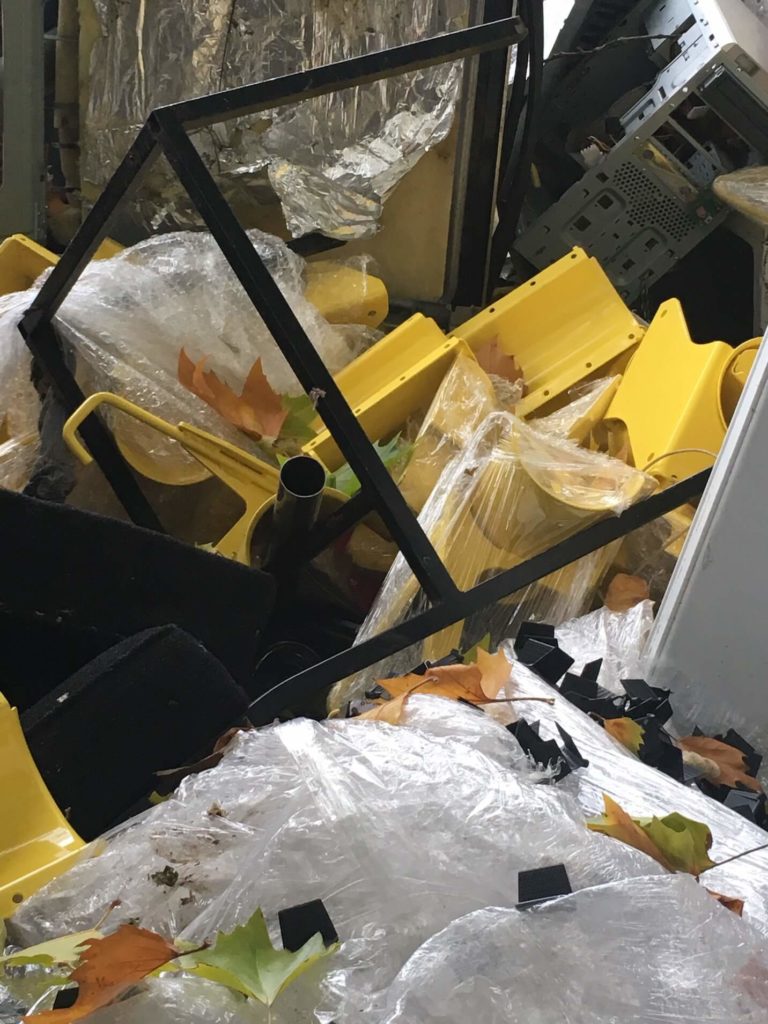
I found the results of this internal audit fascinating – both as demonstration of how effective the process approach is and also as a way of focusing the senior management team’s attention on the issue of ‘waste’ in all its forms. Although I have used a manufacturing example to more easily explain the internal audit process, the same approach can be used to carry out an audit in a service based organisation. I am currently working with several companies who provide professional services of various kinds and all of them have found value in internal audits in various ways, including providing senior management with assurance that risks are being managed appropriately. If you would be interested in reviewing your processes and identifying how they can be improved, please contact me and let’s have a conversation!

